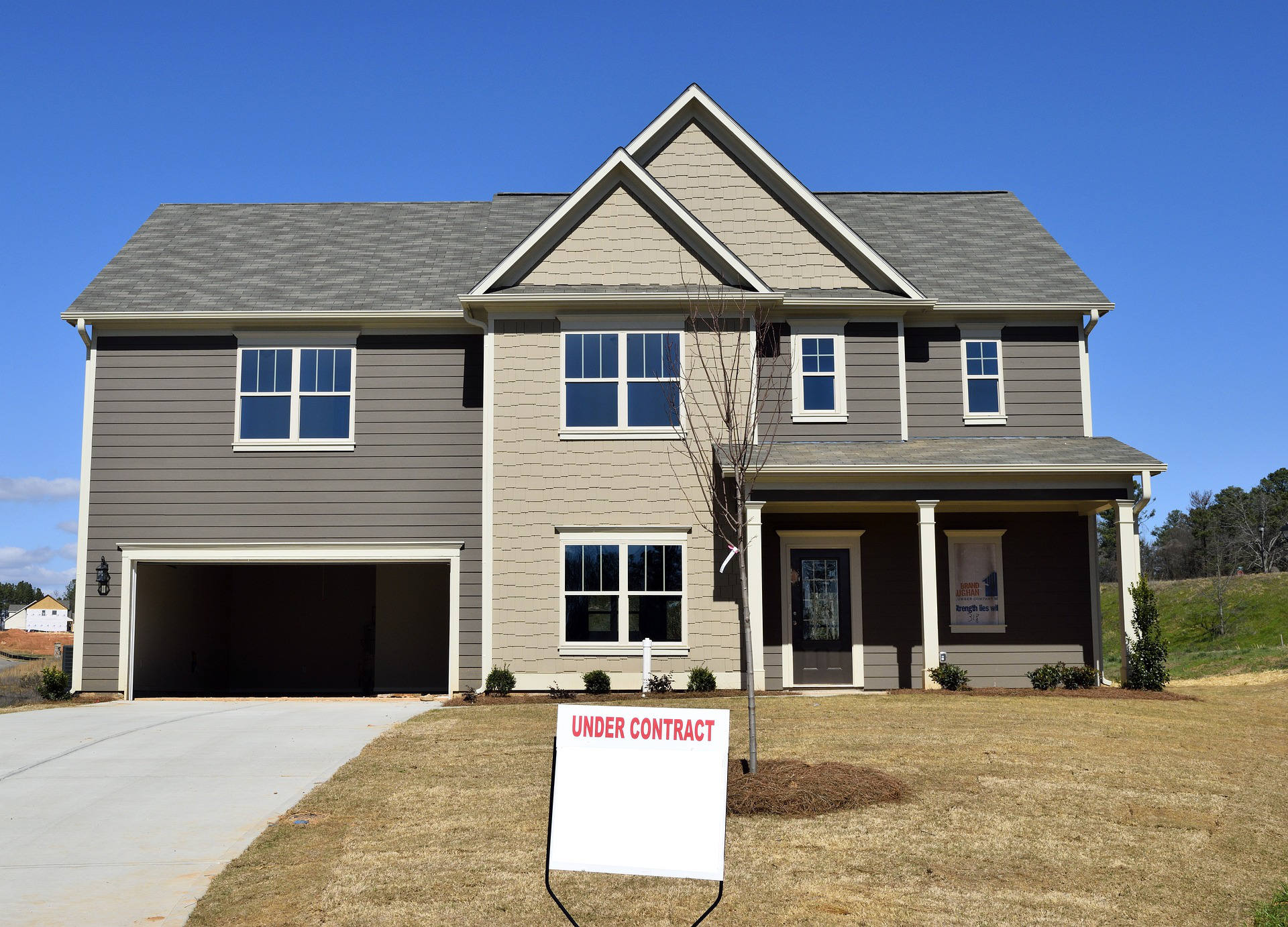Understanding Radon and Its Risks
Radon is found in homes across the country. It is a radioactive substance that is naturally produced in the earth and may seep into your home through cracks and openings in the foundation. While radon is invisible and odorless, it poses a significant health risk if it accumulates at high levels. The most serious concern associated with radon exposure is an increased risk of lung cancer. Therefore, it is crucial to be aware of radon levels in your home and take necessary measures if they are elevated.
Initial Steps: Testing for Radon
If you suspect your home has high levels of radon, first a radon test should be conducted. There are multiple options for testing from at-home tests that you can do yourself to hiring a professional radon testing service. Testing is typically conducted on the lowest level of your home, such as a basement or crawl space, where radon levels are usually highest. If the test results show radon levels outside of the safe level, 4.0 pCi/L or greater, it is recommended that action be taken to reduce these levels.
What is Radon Mitigation?
Radon mitigation involves various techniques designed to reduce radon levels in your home. The goal is to lower radon concentrations to a safer level, ideally below 4.0 pCi/L. Radon mitigation systems can be broadly categorized into active and passive systems.
Active Radon Mitigation Systems
Active systems are the most effective form of radon mitigation. They use a fan to draw radon gas from beneath the home’s foundation and vent it outside, preventing it from entering the living areas. The system typically consists of a radon vent pipe that runs from the lowest level of the house to the roof, where the radon gas is released into the atmosphere. Active systems are particularly useful in homes with high radon levels, as they can significantly reduce radon concentrations by 50% to 99%.
Passive Radon Mitigation Systems
On the other hand, passive systems do not use a fan but rely on natural air currents and pressure differentials to reduce radon levels. These systems also use a vent pipe but are generally less effective than active systems, typically reducing radon levels by 30% to 70%. Passive systems are often installed during the construction of new homes as a preventative measure. If a passive system proves insufficient, the upgrade to an active system is adding a radon fan.
Costs and Considerations for Radon Mitigation
The cost of installing a radon mitigation system depends on multiple factors like the difficulty of installation and local labor rates. Basic systems generally cost between $1,000 and $3,500, while more complex systems, like block-wall suction systems, can cost up to $5,000 or more. Additionally, the ongoing operation of active systems incurs electricity costs, ranging from $200 to $500 annually, depending on your local climate and the system’s design.
Effectiveness of Radon Mitigation Systems
Radon mitigation is very effective in lowering the radon levels in homes. Active systems, in particular, can lower radon concentrations significantly, often by more than 90%. Even passive systems can be effective, especially when combined with other radon-resistant construction techniques. The key is to ensure that the system is installed correctly and maintained, as this will maximize its effectiveness and longevity.
Maintenance and Monitoring of Radon Mitigation Systems
Like any system in your home, regular maintenance is required for radon mitigation systems to make sure they function effectively continuously. Most systems have a monitoring device that alerts homeowners if the system is not working correctly. It is advisable to have the system inspected annually and to replace the radon fan every five years or as needed. Regular maintenance ensures the system’s efficiency and protects your family from potential radon exposure.
The Importance of Addressing Radon
The health hazard of radon should not be ignored. If a test is performed and shows higher levels of radon in the home, taking immediate action to install a mitigation system is crucial. Whether you opt for an active or passive system, professional installation, and regular maintenance are essential to ensure the system’s effectiveness. Installing and maintaining a radon mitigation system is a small price to pay for the peace of mind and health protection it provides. Remember, no level of radon exposure is considered completely safe, so it’s essential to act swiftly to mitigate this invisible threat. If you’re concerned about radon levels in your home, contact a qualified radon mitigation professional today to assess your situation and recommend the best course of action.





